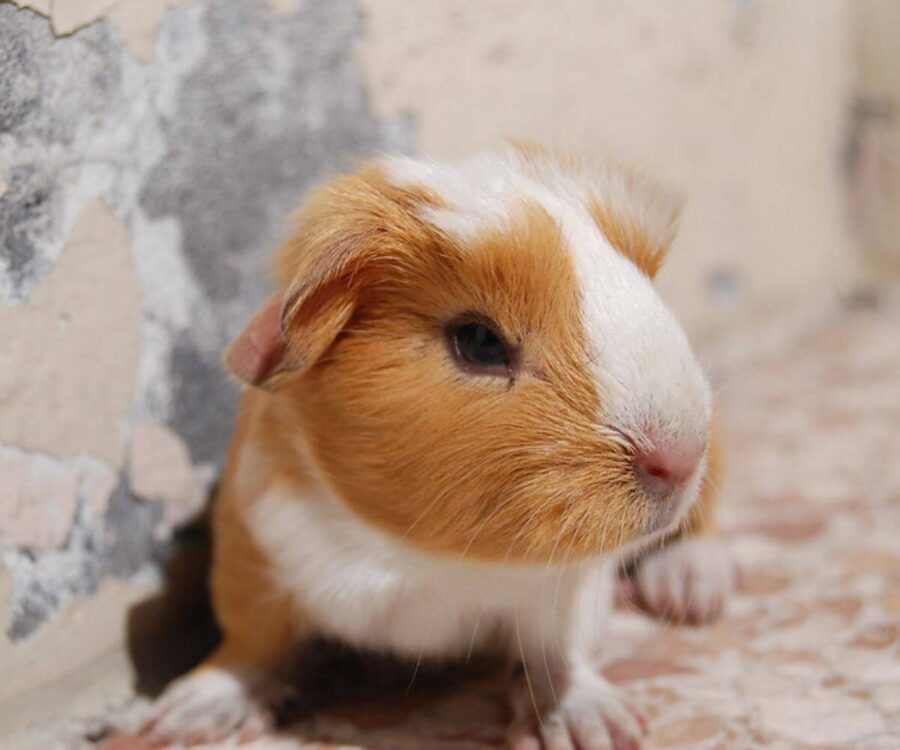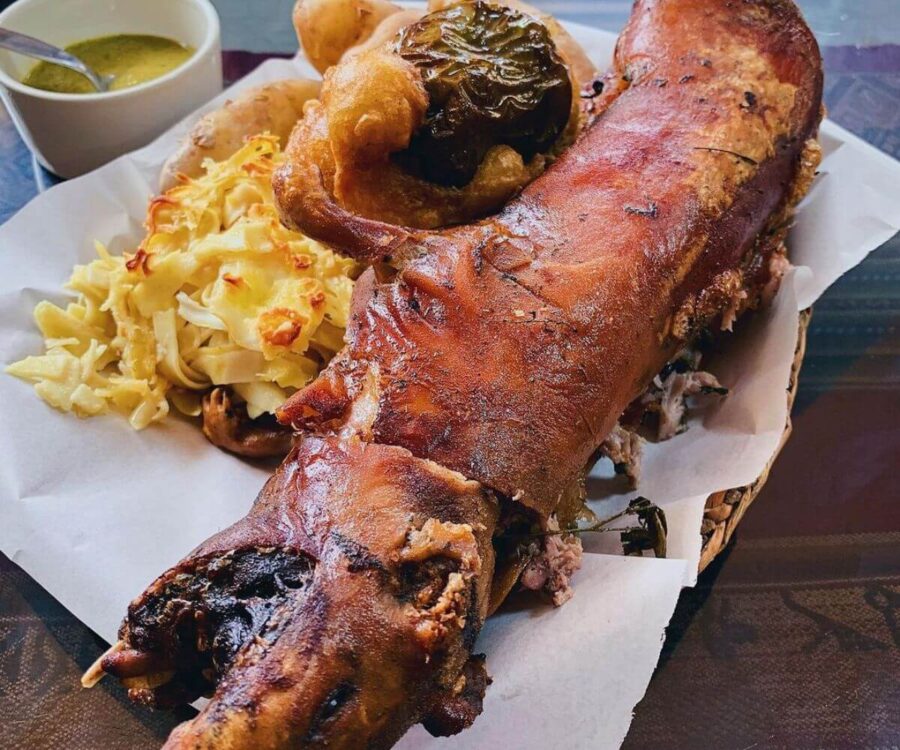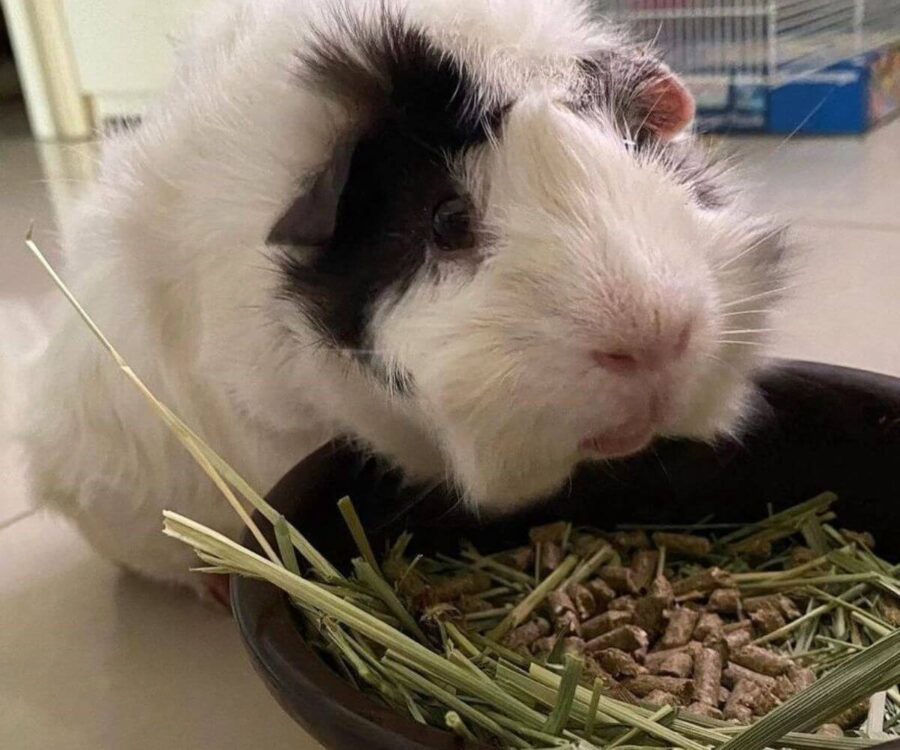The guinea pig is well-known in Andean culture, both for its cultural significance and its role in the country's gastronomy. In Peru, it is widely consumed for its nutritional value and the many ways it can be prepared for consumption. If you want to learn more about guinea pigs, this article is for you!
Table of Contents
The guinea pig is native to the Andes and has been traditionally consumed in Peru for centuries. This animal is highly valued for its meat and unique flavor, making it an emblematic dish of Peruvian cuisine.

The guinea pig was domesticated over 3,000 years ago by pre-Incan cultures and became a fundamental part of life in the Andes. Its importance extended beyond food to include ritual and medicinal value.
During the Incan era, the guinea pig was used in religious ceremonies as an offering to the gods to ensure good harvests. Beyond its meat, it was believed to have healing properties; healers used it to "diagnose" illnesses by passing it over the body.
With the arrival of the Spanish, the guinea pig became a symbol of Peruvian identity, incorporating new preparation techniques. Today, it is highly valued during festivities and special events, particularly in the regions of Cusco, Arequipa, and Cajamarca.
Guinea pig meat is highly nutritious, offering the following benefits:
Guinea pig meat also promotes muscle development, strengthens the immune system, and supports cardiovascular health. In recent years, its consumption has been encouraged as a healthy alternative to other red meats.
There are many ways to prepare guinea pig, varying according to the regions where it is most consumed. It typically requires marinating with a mix of local spices.

In Cusco, guinea pig is one of the most popular dishes. Its preparation involves seasoning the guinea pig with cumin, huacatay, garlic, and other spices. It is then roasted until crispy and served with golden potatoes and a salad. This dish is commonly enjoyed during celebrations or family gatherings.
In Arequipa, the "cuy chactado" is a traditional recipe that involves frying the guinea pig in hot oil until it is golden and crispy. It is served with rocoto sauce, corn, and boiled potatoes.
The guinea pig is not just food but also symbolizes prosperity and well-being in many rural communities. It is also used in offerings during religious ceremonies like "Pachamama Raymi." Additionally, raising guinea pigs provides an economic livelihood for many families.
It's common to have questions about guinea pigs. However, what many may not know is that guinea pig meat is highly nutritious and widely consumed in various regions of the country.
Yes, guinea pig is safe for human consumption and is considered healthier than other meats due to its low fat content and high protein value. Proper preparation is necessary.
Guinea pig meat tastes similar to rabbit but with a tender and juicy texture, especially when cooked properly. If you enjoy trying new flavors, give it a try!
A domestic guinea pig lives between 4 to 7 years, depending on the care it receives. In commercial production, they are raised for a shorter time before becoming ready for consumption.

Raising guinea pigs at home is common in many rural areas but requires a clean space. If you plan to raise guinea pigs, ensure they receive a balanced diet, and it's recommended to have more than one to encourage quick reproduction.
Raising guinea pigs at home is common in many rural areas but requires a clean space. If you plan to have guinea pigs, make sure to provide them with a balanced diet. It is also recommended to have more than one for faster reproduction.
Yes, guinea pig meat is one of the most nutritious and protein-rich options, making it an excellent choice for those looking for a balanced and healthy diet.
Raising guinea pigs is cost-effective, as it requires a medium-sized space and simple feeding, which consists of grass, alfalfa, vegetables, and some grains. This makes it an affordable protein source for those on a budget.
There are many places where you can try guinea pig in its various presentations, each offering a unique and flavorful experience.
1. Recommended Restaurants:
2. Traditional Areas to Taste Guinea Pig:
